Population momentum
Population momentum refers to population growth or decline, which continues despite the falling or rising birth or fertility rate. Population momentum is the propensity for a growing population to continue growing even through fertility or birth rate is declining (positive momentum). On the other hand, it also includes the tendency for a population to continue to fall despite a rise in birth rate (negative momentum).
Population momentum naturally occurs towards the end of stage 3 of demographic transition. Even though the birth rate may be falling in a country, the natural increase in terms of total number may be rising due to population momentum. Positive momentum is typical for a stage 3 to 4 country in demographic transition with high base of youthful population. Negative momentum has been observed in case of the stage 5 countries with high numbers of elderly population.
- Despite the decline in overall population growth rate, the absolute size of the human population will continue to increase over the next several decades because of population momentum. At present nearly one third of the world’s population is under 15 years of age and therefore has not yet reached childbearing age. Because this demographic group is so large in absolute numbers, even if each woman has fewer children than in the past, there will still be a significant increase in global population over the next several decades. This is an example of positive population momentum.
- Most of the population growth over the next several decades is expected to occur in developing countries, where growth rates are generally higher than for developed countries. The United States is an exception, with one of the most rapidly growing populations of any developed nation.
Limitations of the model
- The model is a generalization that applies mostly to the industrialized countries of the western Europe and North America. Conditions might be different for LEDCs in different parts of the world. DTM has a questionable applicability to LEDCs, where wealth and information access are limited. DTM has been validated primarily in Europe, Japan and North America where demographic data exists over centuries. The model was developed after studying the experiences of countries in Western Europe and North America. Conditions might be different for LEDCs in different parts of the world.
- The original model doesn’t take into account the fact that some countries now have a declining population and a 5th stage.The original model doesn’t take into account the fact that some countries now have a declining population and a 5th stage. It is relevant to an increasing number of MEDCs in the 21st century.
- The extent to which it applies to less-developed societies today remains to be seen. Many countries such as China, Brazil and Thailand have passed through the demographic Transition stages very quickly due to fast social and economic change and external influences. Some countries, particularly African countries, appear to be standstill in the second stage due to stagnant development and the effect of AIDS.
- The DTM does not include government interventions like population control and family planning policy.
Your Classwork

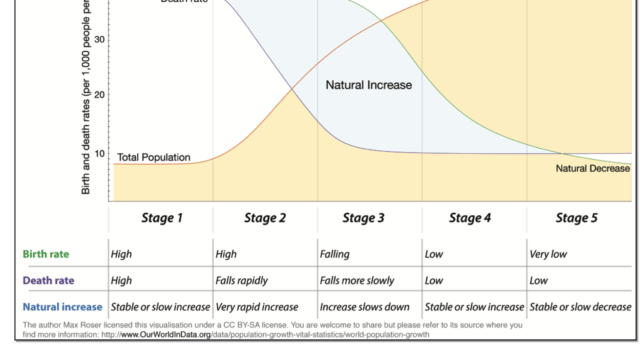
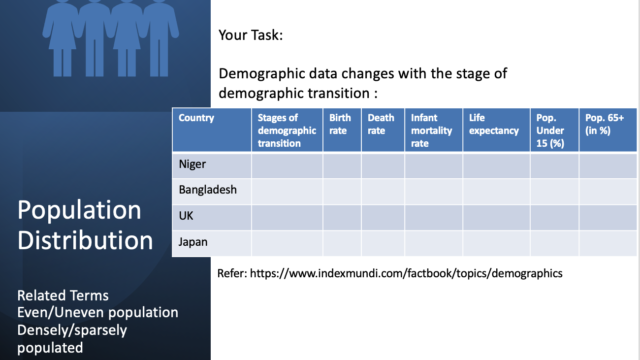
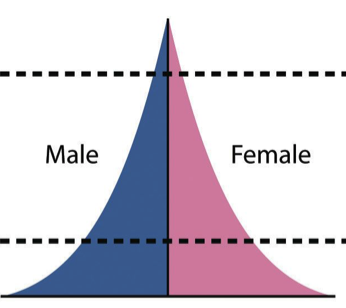
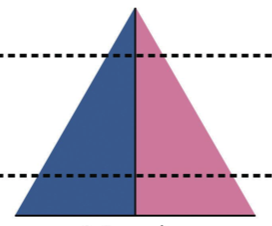
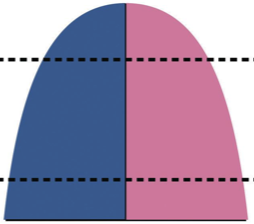


The Demographic Transition Model was developed by the American demographer Warren Thompson in 1929. DTM depicts the demographic history of a country. It refers to the transition from high birth and high death rates to low birth and low death rates regime as a country develops from a pre-industrial to an industrialized economic system.
The five stages of the demographic transition model
Stage One: The Pre-Industrial Stage (highly fluctuating – high stationary)
Example: No country as a whole at present retains the characteristics of stage 1. However, it applies only to the most remote societies on earth such as the isolated tribes in Amazon with little or no contact with the outside world.
All human populations are believed to have had this stage until the late 18th century, when many countries in Western Europe were able to cross this stage.
Stage Two: The Industrial Revolution (early expanding) –very rapid increase
Example: poorest developing countries like Afghanistan, Pakistan, Bolivia, sub-Saharan countries such as Niger, Uganda and middle east countries like Yemen, Palestinian Territories are still in stage 2.
Stage Three: Post-Industrial Revolution (late expanding) –increase slows down
Example: Most developing countries that have registered significant social and economic advances are in stage 3, such as Costa Rica, Panama, Jamaica, Mexico, Colombia, Ecuador, Philippines, Indonesia, Malaysia, Sri Lanka, Turkey, Azerbaijan, Turkmenistan, Uzbekistan, Egypt, Tunisia, Algeria, Morocco, Lebanon, South Africa, India.
On the way:South Africa, Zimbabwe, Botswana, Swaziland, Lesotho, Namibia, Kenya and Ghana have begun to move into stage 3
Stage Four: Stabilization (low stationary) – very slow increase
Example: Newly industrialized countries such as South Korea and Taiwan have just entered stage 4.United States, Canada, Argentina, Australia, New Zealand, most of Europe, Bahamas, Puerto Rico, Trinidad and Tobago, Brazil, Singapore, Iran, China, Turkey, Thailand and Mauritius
Stage Five: Declining population
Example: Countries like Germany, Italy, Japan, Russia leading to a shrinking population
What happens to birth and death rates?
As populations move through the stages of the model, the gap between birth rate and death rate first widens, then narrows. In stage 1 the two rates are balanced. In stage 2 they diverge, as the death rate falls relative to the birth rate. In stage 3 they converge again, as the birth rate falls relative to the death rate. Finally in stage 4 the death and birth rates are balanced again but at a much lower level.